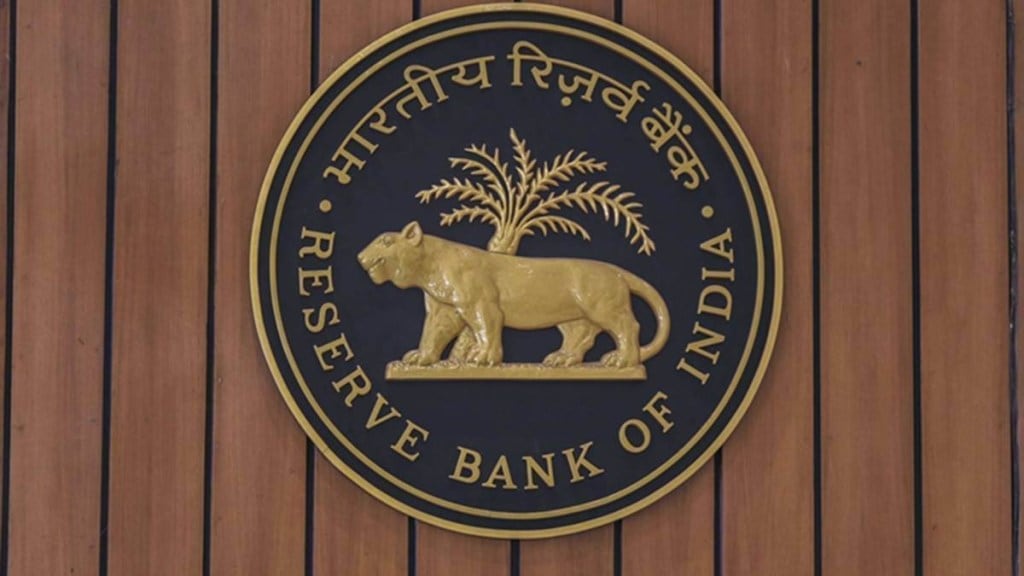We were called in recently to advise a large (about $1.5 billion) company on whether and at what rate to unwind a swap it had taken. The company had a $22 million loan at 3.57% fixed, and significant receipts in euros and, in 2020, their bank—a large international player—had advised it, appropriately in our view, to enter into a euro/dollar currency swap to where its euro flows could be paid directly to the bank who, in turn, would pay the company dollars to settle its underlying loan.
With the euro having fallen since then, the swap was hugely in the money and the bank asked the company whether it would be interested in squaring it off and pocketing more than $1 million in gains. Since the company also had receipts in dollars, which it could use to naturally hedge its loan payments, this sounded like a good idea (to us as well).
We asked for the loan cash flows and the date of the original swap. We were horrified to discover that back in September 2020, the bank had charged them a swap rate of 3.65%—this meant that the company would have to pay the bank a fixed amount of euros every six months with interest at 3.65%, and the bank would pay the company a fixed amount of dollars with interest at 3.57%. The issue was that in 2020 the interest rate differential between the euro and the dollar was around 0.75-1.0%; so, the swap rate looked outrageously high.
We conducted calculations using Bloomberg and found that the theoretical swap rate should have been 2.51%. There would certainly be costs that the bank would incur, which would increase the price from the Bloomberg calculation, but by no stretch of the most imagination could the difference be as high as the 45% charged by the bank. The total (theoretical) earnings to the bank was a more than 750,000 euros (over Rs 6.5 crore at the time)!
Also Read: The two Indias
As it happens, the euro fell sharply and the swap was in the money; so, the company (who didn’t know the huge spread charged by the bank on the original pricing) was quite happy, but they called us in for support on the swap reversal. After the company did some preliminary negotiations, the bank offered them $1.9 million for reversing the swap. We ran the calculations and found that the swap reversal should have paid the company $2.5 million (a third more than the bank offered); and here, unlike in the swap inception, there would be no (or very marginal) other costs.
We got involved with the negotiations and the bank increased the payout offered to $2.04 million and then $2.3 million. By this time, the market had moved a bit so our number was $2.63 million, and I am proud to say that we managed to get the bank to cough up $2.4 million. It still made a handsome profit of over $200,000, an extravagant spread particularly when added to the huge amount it had pocketed at the start of the swap.
This example simply illustrates the obvious fact that treasury corporate desks are trained to maximise revenue by lying to their customers. This comment may get me into trouble, particularly with my daughter, who works for a multinational bank in the control section and most of the people she works with are people of great integrity. But, banks overcharging customers is nothing new; Reserve Bank has long been aware of this problem and, about 6-8 years ago, had the CCIL (Clearing Corporation of India Limited) set up the FX Retail platform for spot FX on which anyone can get close to market rates. FX Retail is still a work in progress, but it has done wonders to the spreads for tens of thousands of small and medium companies, enabling them to become more efficient.
The problem is that the derivatives market in India is nowhere near as liquid so it is impossible to create a platform to enable all players to get equal (or largely equal) treatment. This particular swap was EUR-USD, which is extremely liquid, but even globally, there is no central real-time platform where companies can check prices; again, and to be fair to banks, swaps do carry various elements of credit risk and capital requirements which would be different in different jurisdictions.
Nonetheless, it would be useful for RBI to at least highlight this kind of malpractice—most companies are understandably loath to take the complaints to the ombudsman. Perhaps RBI should require banks to provide documentary evidence (Bloomberg screenshot and/or Excel workings) of all pricings so that companies can readily see the spread being charged. The banking sector regulator also should have this documentation made part of the regular bank audits.
The author is CEO, Mecklai Financial
www.mecklai.com


